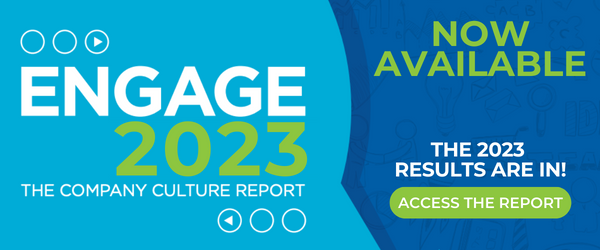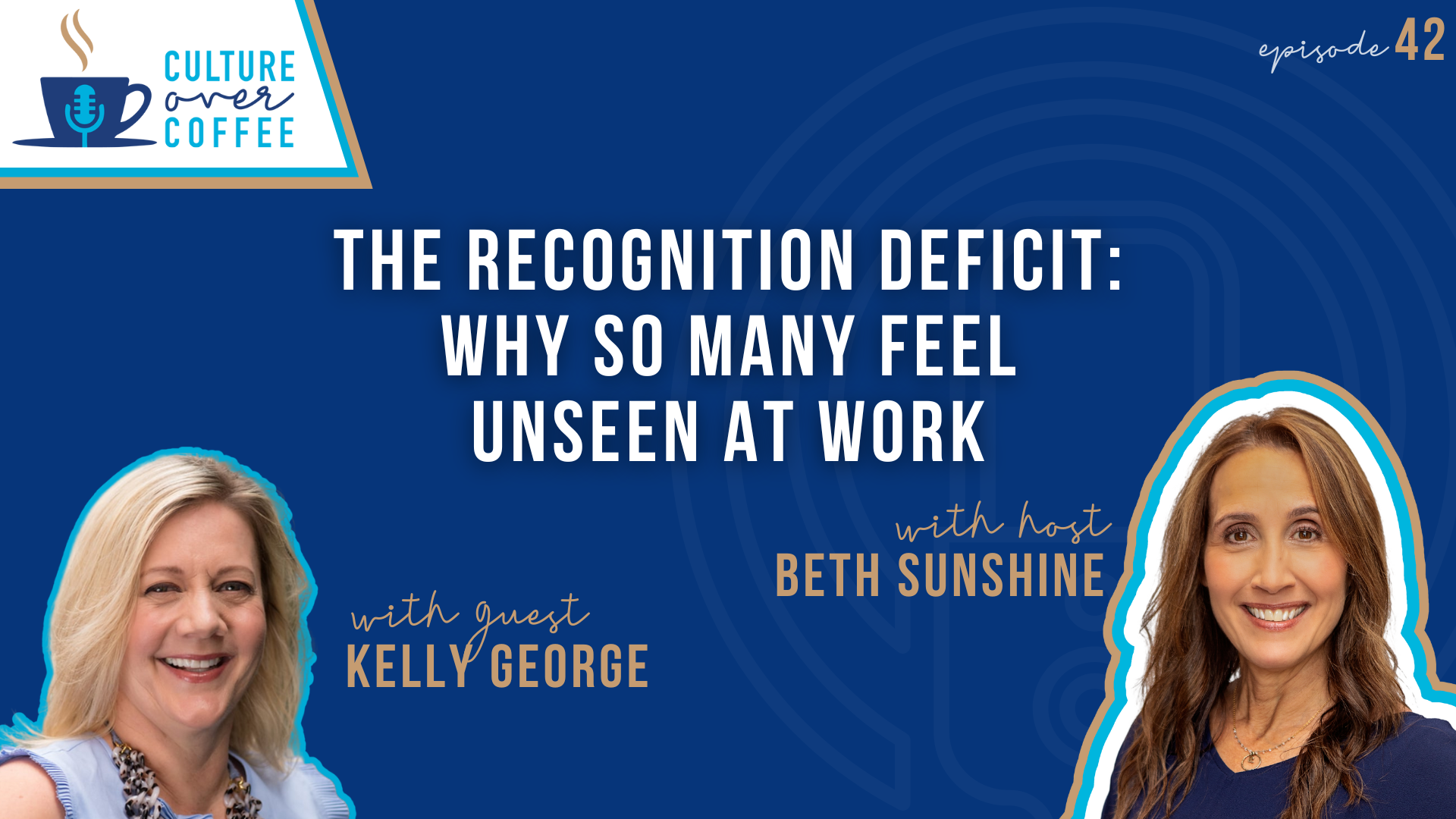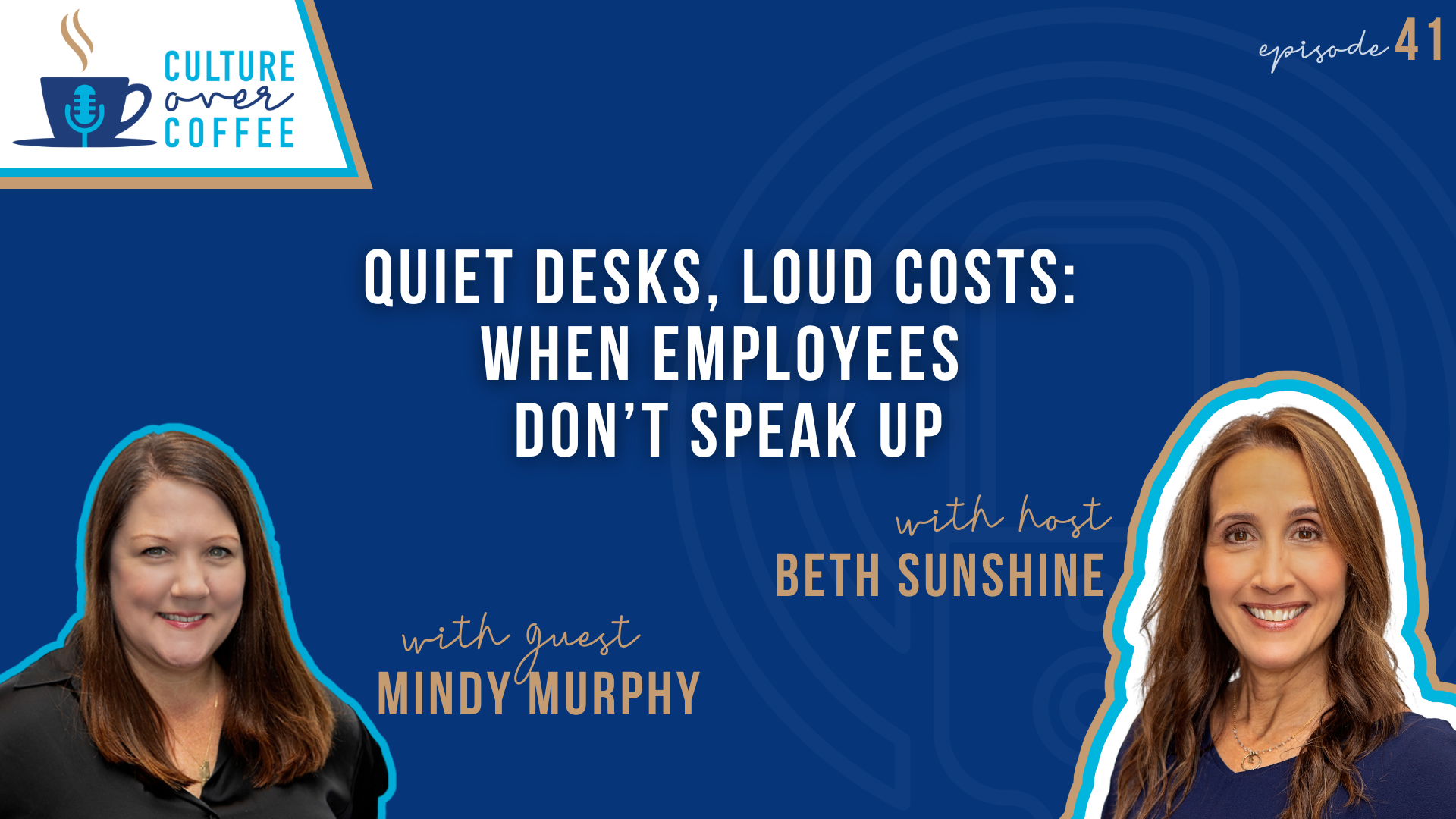
Psychological safety is one of the most important factors in a team’s effectiveness. Does it exist in your workplace?
Psychological safety is a term coined by Harvard Professor Amy Edmondson. It’s a shared belief held by members of a team that they won’t be embarrassed, rejected, punished, or humiliated for speaking up. They can openly voice ideas, questions, concerns, or mistakes. When you have Psychological Safety on a team, people feel comfortable being themselves.
Creating a balance between the right level of comfort and the right level of safety fosters psychological safety. Comfort and safety are often used in conjunction, but there is a large distinction between them.
Comfort describes a state of being where someone is relaxed and at ease. Safety is the act of preserving someone’s health and well-being by controlling hazardous conditions. It is oftentimes a product of someone’s environment. So, what’s the proper balance between the two?
Safety + Comfort = Status Quo
When you’re in a safe environment but you’re comfortable, growth rarely happens. This is the equivalent of walking on a slightly elevated balance beam. The conditions aren’t dangerous, and you’re comfortable since there’s no risk of getting hurt. If you want to leave, all you have to do is step down.
In the workplace, this is someone who isn’t stretched in their current position. They’re comfortable in the role they’re in and aren’t challenged to do more than what they’re currently accomplishing. The push to grow doesn’t exist, and innovation is lacking.
Unsafe + Discomfort = Anxiety
Now, imagine walking on a tightrope spanning the distance between two mountain peaks. Unless your skillset involves tightrope walking, picturing yourself walking across a tightrope probably made you uncomfortable. As you walk across, imagine you’re not tethered to anything, and you don’t have outside assistance.
This level of discomfort and lack of safety has an outcome in anxiety. In the office, people may feel they’re walking on eggshells. Productivity is hindered, and open communication is suppressed. It’s likely that departments don’t collaborate well together, and the manager acts as more of a “boss” than a “leader.”
Unsafe + Comfort = Hazard
Scenario three – you’re in the same untethered and unassisted situation, but you’re totally unaware that you’re 150 feet up in the air. As far as you know, the rope is less than a foot off of the ground. You’re comfortable but in a hazardous situation due to your lack of environmental knowledge.
In this scenario, people are willing to speak their minds and admit mistakes due to their false sense of security. In the end, everyone is punished for communicating openly, and their ideas aren’t taken into consideration. They’re much less likely to speak up again, and the overall sense of comfort quickly dwindles. Anxiety takes over.
Safety + Discomfort = Growth
Finally, imagine you’re on your tightrope, and you’re tethered as you walk across. It’s completely safe, but you still feel some discomfort. This is the scenario where you’re pushed to grow.
When we are assisted on the tightrope, it’s okay to make a mistake. We have our support system with us. The same is true in a psychologically safe environment. People are willing to take risks because they’re safe, calculated risks. It may be uncomfortable to speak up, admit mistakes, and challenge ideas with diverse thoughts, but that’s what leads to innovation and growth.
Establishing psychological safety involves understanding each person has beliefs, perspectives, and vulnerabilities. As a manager, this means knowing that your people and their opinions are just as important, if not more important than your own. Take a moment to reflect on the equation within your workplace and ensure the outcome equals growth.











Leave a Comment